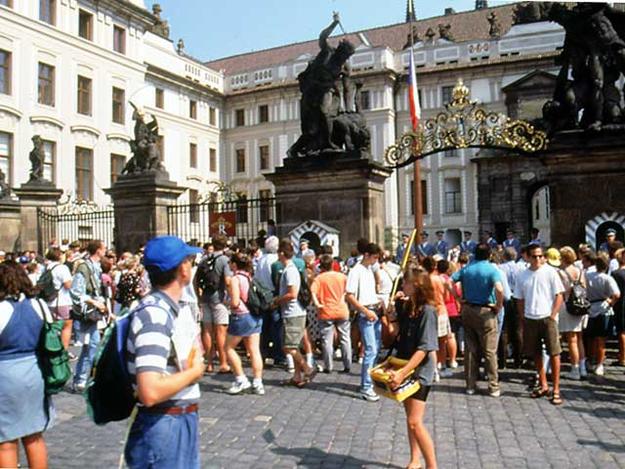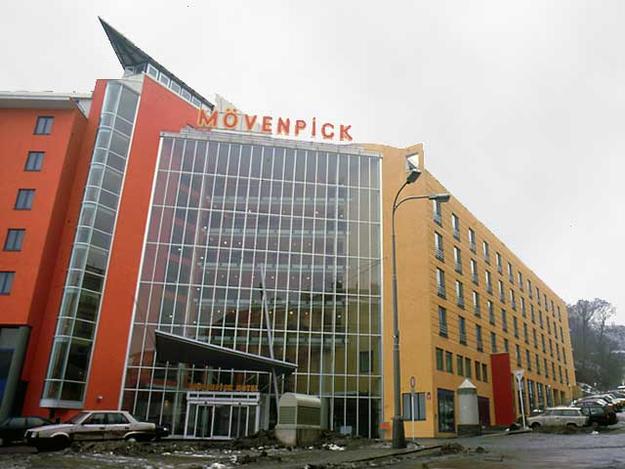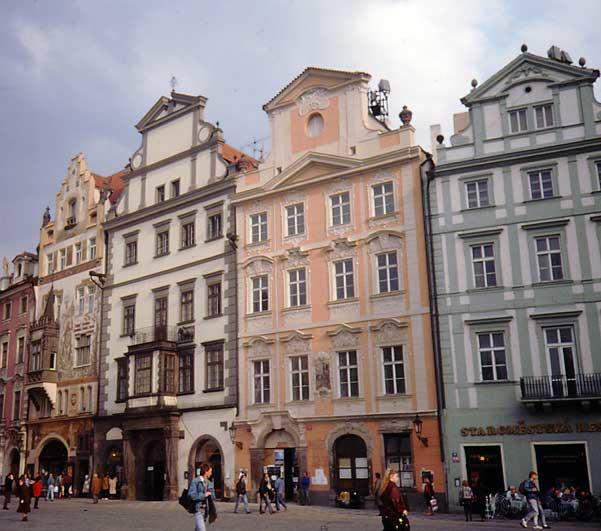Prague Historic Center
1998 World Monuments Watch
Prague’s medieval center survived World War II and decades of negligence under Communist rule, and so it is especially ironic that the current economic boom is doing more to destroy its authenticity than any overtly hostile act. What was the most pristine city left on the continent following the war is being so rapidly transformed that its historical integrity is disappearing. Although Prague has been the capital of Bohemia for 11 centuries, it has now been “discovered.” Inappropriately scaled buildings are being erected; new building materials clash with original ones; infill sites are being occupied with commercially and contextually insensitive projects; old structures are being modified beyond recognition. Administrators are overwhelmed with applications for construction projects and approvals are made too quickly. Yet, burgeoning Prague is a model for other less prosperous Eastern European cities. The muting of Prague can be halted with an educational/media campaign showing appropriate ways for the city to move into the future.
Since the Watch
In 1998 the authorities of Prague instituted a formal monitoring program for the historic center. Prague’s growth and prosperity have continued to transform its historic medieval center, as the city evolves to accommodate new needs of residents and visitors. A 2000 conservation management plan, which was never formally adopted by any authority, has been used for decision-making and planning for urban development. In 2008, a joint mission by UNESCO's World Heritage Center and ICOMOS recommended that the authority of the Czech National Heritage Institute be strengthened, and that rules governing conservation, rehabilitation, reconstruction, and infill building be integrated in a single ordinance. The importance of height limits to ensuring the site's visual integrity was emphasized. Nonetheless, permits for high-rise construction in the buffer zone of the World Heritage Site have continued to be issued. January 2011



